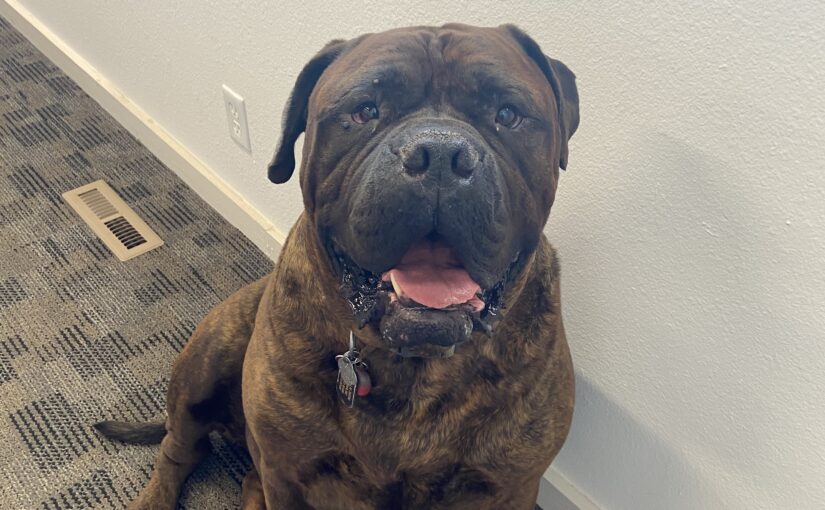Can’t bear the thought of boarding your four-legged family member as you head off for a road trip? With a little extra planning, Fido can road trip with you. Here’s some tips about traveling with your dog.
Before you hit the open road, first pay a visit to your veterinarian to make sure your furry friend is up to date on vaccinations and healthy enough for travel. Once he’s cleared, it’s a good idea to go on a few short practice trips before you embark on the real thing. This will give you a chance to see if your dog suffers from motion sickness or exhibits any nervous or anxious behaviors about traveling.
In the weeks leading up to the trip, take him on a few car rides to fun places like the dog park or a favorite pet supply store so he starts associating the car with something positive, says animal expert Dr. Tricia Earley. If he shows signs of nausea (drooling, excessive lip-licking, shaking, vomiting), you can offer treats containing ground ginger or a few drops of ginger extract 30 minutes before travel to help settle his stomach, adds Dr. Earley. If that doesn’t seem to do the trick, talk to your vet about a prescription anti-nausea medication.
Practice can’t prepare you for everything, so you’ll want to make sure you’ve packed accordingly. While your list will depend on your dog’s individual needs, here’s a good place to start:
Leash and collar with up-to-date ID tags
Food and water (Tip: Now is not the time to try a new food!)
Waste bags (Tip: Before the trip teach your dog to relieve himself on multiple surfaces-not just grass!)
Dog bed and blankets
Medical records and vaccination certificates
A few new toys and a couple of old favorites to keep boredom at bay
A recent photo of your dog
Flea and tick control
Treats
Collapsible bowls (Tip: Let him get used to them a week or two before you travel.)
A pet seat-belt or car seat and hammock to keep him safe and your seats protected
Rest stops are essential for a peaceful trip. Experts suggest you take a 15- to 30-minute break every four hours so your pup can do his business and stretch his legs. Dogs love routine, so the closer you can keep to your regular walking and feeding schedule, the better.
